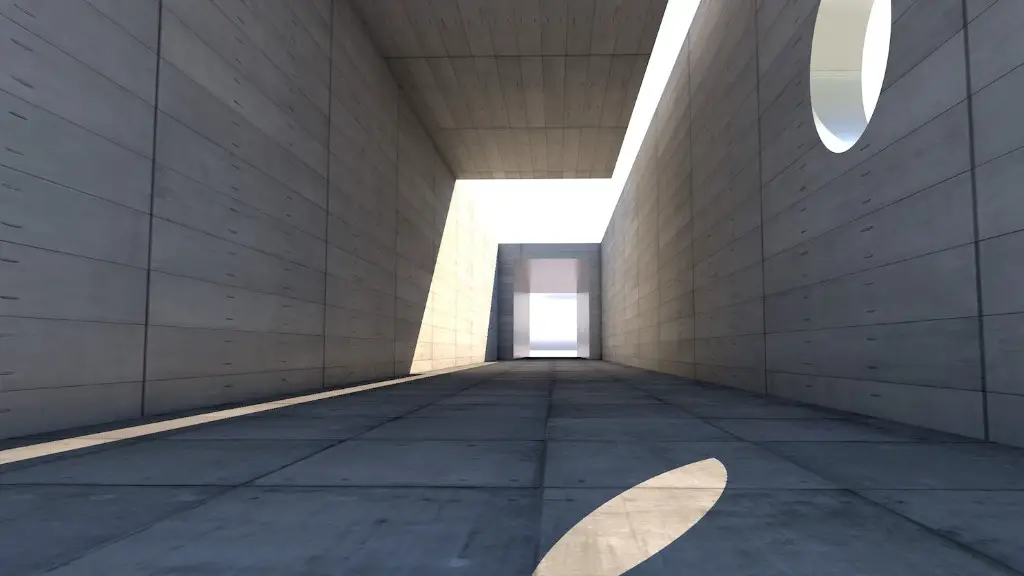Architecture Internship Basics
An architecture internship covers a variety of disciplines, from architectural design to structural engineering and construction management. Due to its complexity and wide range of topics, an architecture internship normally begins by gaining an overview of the field and brushing up on any particular gaps in knowledge. Depending on the particular needs of the intern, such internships often involve a combination of studio, research, or career-development experiences.
In general, the length of an architecture internship will depend on the type of assignment, experience level of the intern, and the company providing the internship. Most internships can be completed in six months to one year. Some internships are arranged for a specific period of time, while others may be designed as a more open-ended experience.
Are Architecture Internships Paid?
Most architecture interns are paid. This can be in the form of an hourly wage or a flat fee, depending on the employer. In general, architecture interns will earn significantly less than their experienced counterparts, though some internships may also offer a “probationary” period after the internship ends, which can help increase their salary further.
Furthermore, it’s worth noting that some internships may be unpaid internships, such as those offered by non-profit organizations. Those looking for financial compensation should ensure that they get a full agreement in writing.
What Do Architecture Interns Do?
Architecture interns have many responsibilities, which can vary depending on the company and their particular field of expertise. Generally speaking, interns can be involved in the conceptual design and development of structures, such as buildings or bridges. They may also be expected to assist in the production of CAD drawings or materials, help to file permits, or provide support with project research.
Architecture interns may also need to complete administrative tasks, such as writing reports or booking appointments. As their skill level increases, so too will their potential job duties.
What Makes a Good Architecture Intern?
To become a successful architecture intern, a person must be curious, creative, and detail-oriented. Patience, organization, and the ability to work in a team are also important skills. Interns should also have a good understanding of CAD software, along with the technical knowledge needed to help design buildings, bridges, or other structures.
In addition, interns should have an interest in learning about and researching the history and development of the built environment. Architecture involves a great deal of cultural and artistic elements, which an intern must be proficient in if they are to bring their ideas to life.
Does Law Affect the Length of an Architecture Internship?
In some states, there are laws that limit the total length of an architecture internship. This is particularly true in California, where internships are limited to 12 consecutive weeks. As a result, architecture internships in the state are often shorter than those in other states.
When considering an architecture internship, it’s important to be aware of the local laws in your area. Furthermore, some employers may also have an internal policy regarding the length of an internship.
Does Education Impact the Length of an Architecture Internship?
A person’s educational background can also play a role in the length and type of internship they undertake. For example, those pursuing a Master of Architecture from a college or university may require a longer internship, as the extra time is needed to acquire the technical training for the role. Other architecture internships may require a bachelor’s degree in a related field.
Additionally, those seeking shorter internships, such as six weeks or less, may need to look to more traditional internships, such as those provided by architectural firms and government agencies.
Other Factors Affecting the Length of an Architecture Internship
In some cases, an employer may also enforce a minimum length of internship to ensure that the intern has adequate time to learn the role and make a meaningful contribution to the company. An internship that is too short may limit the internship experience and leave the intern understanding less than they would with a longer internship.
In addition, internships that involve travel and fieldwork may require longer periods of commitment due to the extra time needed to complete any necessary training. The size and scope of the project may also affect the length of an architecture internship, with larger and more complex projects requiring more time.
Applying for an Architecture Internship
Whether a person is looking for a short or long-term internship, it’s important to research the companies and programs available thoroughly. This may involve attending career fairs, networking events, and informational sessions. It may also involve asking for recommendations from faculty or industry mentors.
The job description and requirements should be read carefully, as this will help determine whether an applicant is a good fit for the role. It’s important to note that internships often have a competitive nature, so a solid resume and cover letter are needed to stand out.
Mentoring and Career Development
Any architecture internship should also be seen as an opportunity for intern to gain skills, network and develop professionally. Interns should take the time to learn from their mentors, ask questions, and make connections. This will help them decide if architecture is the right career path for them, as well as gain valuable insights into the profession.
Good mentors have the knowledge and experience to pass on to interns, including tips about the business and the architecture. Interns should take the time to learn from their mentors and take advantage of the resources available to them.
Professional Certifications during an Architecture Internship
During the course of their internship, architecture interns may pursue professional certifications. These can open up opportunities in the industry and demonstrate that they’ve acquired the necessary skills and experience to excel. Some certifications are offered exclusively by specific firms or organizations, while others are industry-wide.
Professional certifications can aid in career advancement and provide potential employers with evidence of the intern’s skills. These certifications can also make the intern more marketable if they decide to take on freelance or contractual projects.
Important Considerations
Before taking on an architecture internship, it’s important to consider what type of experience you’re looking for and the length of time you have available. Each role will have its own set of skills and requirements, so it’s important to find the right balance between gaining the necessary experience and completing the project in the allotted time.
For those looking for a longer experience, it’s important to look for internships that involve fieldwork, travel, or even long-term research projects. This may involve going beyond the scope of the regular assignment, but it can give the intern additional experience and perspective that they may need to succeed in the future.
Sources of Support
Interns should not hesitate to ask for help if they’re struggling or feeling overwhelmed. Most firms and organizations will have mentors, supervisors, and other professionals who can provide support. A strong network of peers can also be invaluable, as they can provide advice, answers to questions, and emotional support.
Finally, it’s important to make sure that the internship is a positive experience. Interns should take the time to explore the profession and make the most of the time they have in their internship. It is the responsibility of the intern to make sure that they gain the necessary experience and knowledge to succeed in their field.





